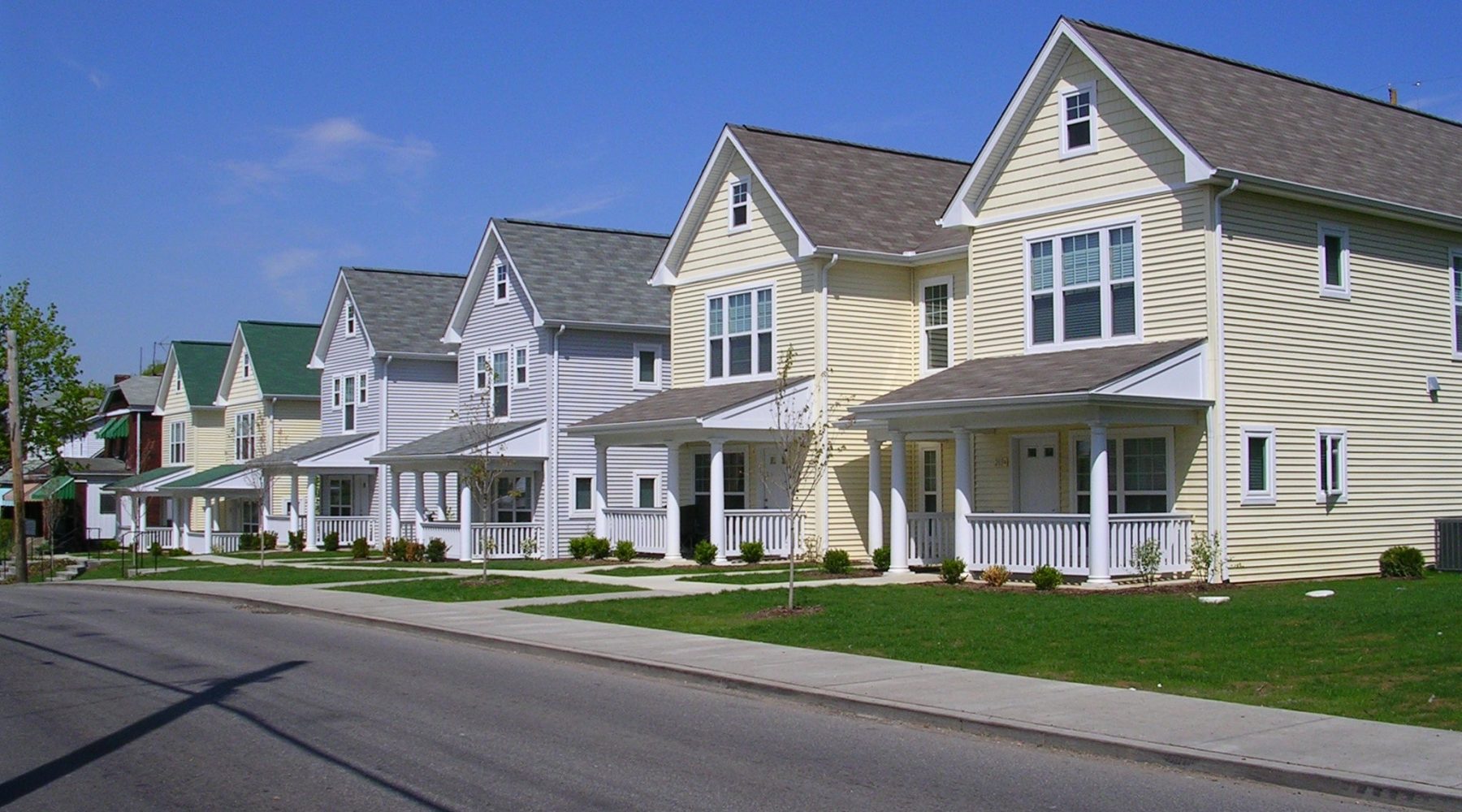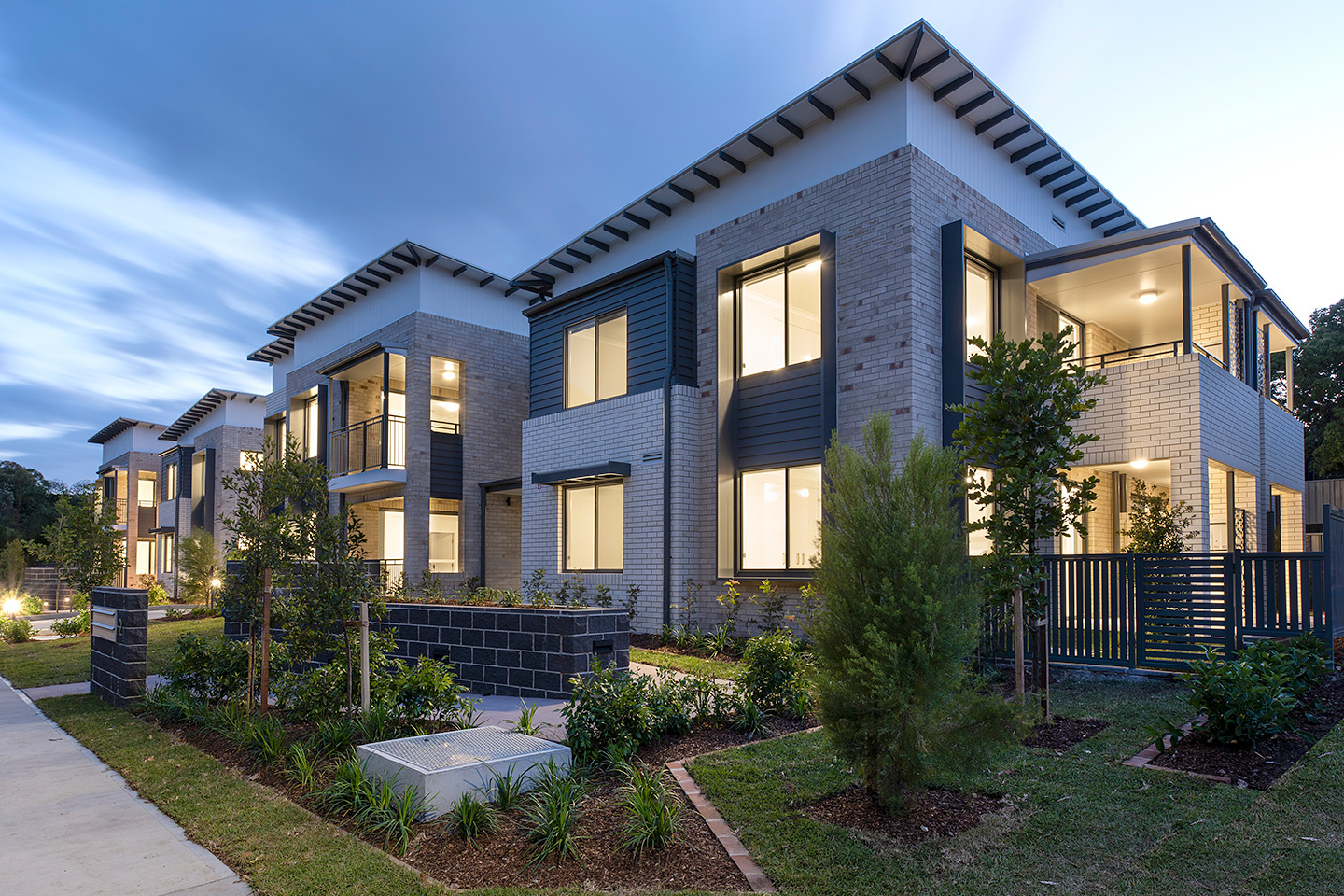
What Is a GIM?
Understanding the GIM
Gross Earnings Multiplier (GMI): Definition, Uses, and Calculation
What Is a Gross Income Multiplier (GIM)?
A gross earnings multiplier (GIM) is a rough measure of the value of a financial investment residential or commercial property. It is computed by dividing the residential or commercial property's sale cost by its gross annual rental income. Investors can use the GIM-along with other approaches like the capitalization rate (cap rate) and discounted cash flow method-to worth industrial genuine estate residential or commercial properties like shopping centers and apartment building.
- A gross income multiplier is a rough step of the value of an investment residential or commercial property.
- GIM is computed by dividing the residential or commercial property's sale price by its gross annual rental income.
- Investors should not utilize the GIM as the sole appraisal metric due to the fact that it does not take an income residential or commercial property's operating expense into account.
Understanding the Gross Earnings Multiplier (GIM)
Valuing a financial investment residential or commercial property is very important for any financier before signing the property contract. But unlike other investments-like stocks-there's no simple way to do it. Many professional investor believe the income generated by a residential or commercial property is much more crucial than its appreciation.
The gross income multiplier is a metric extensively utilized in the property industry. It can be utilized by financiers and genuine estate specialists to make a rough determination whether a residential or commercial property's asking price is a great deal-just like the price-to-earnings (P/E) ratio can be used to worth business in the stock market.
Multiplying the GIM by the residential or commercial property's gross yearly income yields the residential or commercial property's value or the cost for which it need to be sold. A low gross earnings multiplier indicates that a residential or commercial property may be a more appealing investment due to the fact that the gross income it produces is much greater than its market price.
A gross income multiplier is a good basic realty metric. But there are constraints since it doesn't take various factors into account including a residential or commercial property's operating costs consisting of energies, taxes, upkeep, and vacancies. For the exact same reason, financiers shouldn't use the GIM as a way to compare a possible financial investment residential or commercial property to another, similar one. In order to make a more precise contrast in between two or more residential or commercial properties, financiers should utilize the earnings multiplier (NIM). The NIM consider both the earnings and the operating costs of each residential or commercial property.
Use the net income multiplier to compare two or more residential or commercial properties.
Drawbacks of the GIM Method
The GIM is a great starting point for investors to worth prospective property investments. That's because it's simple to determine and offers a rough photo of what acquiring the residential or commercial property can mean to a buyer. The gross earnings multiplier is barely a useful assessment model, but it does offer a back of the envelope beginning point. But, as mentioned above, there are constraints and numerous key drawbacks to think about when utilizing this figure as a method to worth investment residential or commercial properties.
A natural argument versus the multiplier technique develops since it's a rather crude evaluation technique. Because modifications in interest rates-which affect discount rates in the time value of money calculations-sources, profits, and costs are not explicitly considered.
Other drawbacks include:
- The GIM technique assumes uniformity in residential or commercial properties across comparable classes. Practitioners understand from experience that expenditure ratios amongst similar residential or commercial properties typically vary as a result of such factors as deferred upkeep, residential or commercial property age and the quality of residential or commercial property manager.
- The GIM estimates worth based on gross income and not net operating earnings (NOI), while a residential or commercial property is purchased based mainly on its net earning power. It is entirely possible that 2 residential or commercial properties can have the same NOI even though their gross earnings differ significantly. Thus, the GIM approach can quickly be misused by those who do not value its limitations.
- A GIM fails to represent the remaining economic life of equivalent residential or commercial properties. By overlooking staying economic life, a practitioner can assign equivalent values to a new residential or commercial property and a 50-year-old property-assuming they generate equal earnings.
Example of GIM Calculation
A residential or commercial property under review has a reliable gross earnings of $50,000. A similar sale is readily available with a reliable income of $56,000 and a selling worth of $392,000 (in truth, we 'd look for a variety of equivalent to enhance analysis).
Our GIM would be $392,000 ÷ $56,000 = 7.
This comparable-or comp as is it typically called in practice-sold for seven times (7x) its efficient gross. Using this multiplier, we see this residential or commercial property has a capital value of $350,000. This is found utilizing the following formula:
V = GIM x EGI
7 x $50,000 = $350,000.
What Is the Gross Rent Multiplier for a Residential or commercial property?
The gross lease multiplier is a measure of the potential income from a rental residential or commercial property, expressed as a portion of the overall worth of the residential or commercial property. Investors utilize the gross rent multiplier as a practical starting point for approximating the success of a residential or commercial property.
What Is the Difference Between Gross Income Multiplier and Gross Rent Multiplier?
Gross earnings multiplier (GIM)and gross lease multiplier (GRM) are both metrics of a residential or commercial property's prospective success with respect to its purchase cost. The difference is that the gross lease multiplier just accounts for rental income, while the gross earnings multiplier also represents secondary sources of earnings, such as laundry and vending services.
The gross rent multiplier is determined utilizing the following formula:
GRM = Residential Or Commercial Property Price/ Rental Income

Where the residential or commercial property rate is the current market price of the residential or commercial property, and the rental earnings is the yearly potential lease payment from tenants of the residential or commercial property.
The gross income multiplier is an easy metric for comparing the relative success of various structures. It is measured as the annual prospective earnings from a provided residential or commercial property, expressed as a percentage of its overall value. Although it's convenient for rough calculations, the GIM does not represent functional costs and other factors that would affect the actual profitability of a financial investment.








